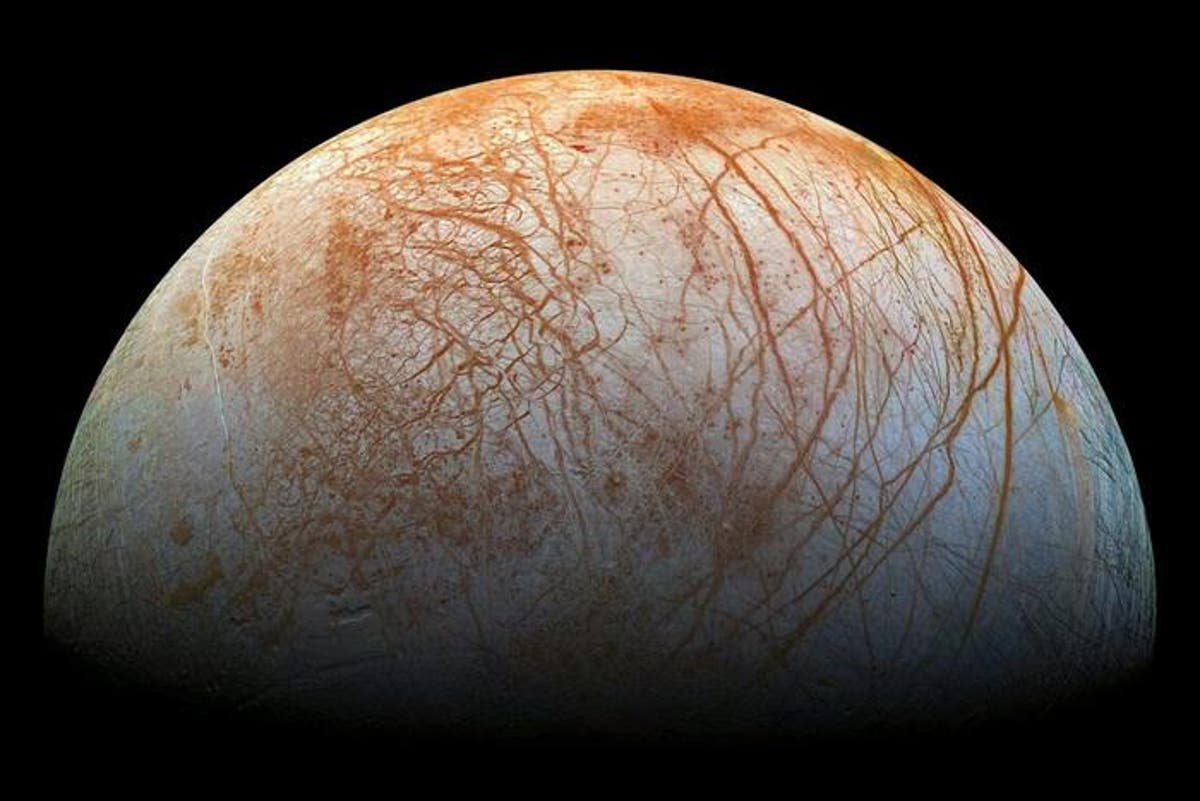Discovery of Potential Alien Life within Icy Moons
Scientists are exploring the possibility that extraterrestrial life may be discovered in an extremely small grain of ice from moons such as Enceladus and Europa. This breakthrough suggests that advanced telescopes, soon to be launched, could detect signs of life beyond Earth. These icy moons, particularly those orbiting Saturn and Jupiter, are considered key targets in the ongoing search for life, as they are believed to host vast oceans beneath their frozen surfaces.
However, the challenge lies in analyzing the water locked beneath the thick ice layers for biological signatures. A promising opportunity arises from the plumes that erupt from the icy crusts of these moons, releasing gas and ice particles into space. Recent spacecraft missions have been launched to study these plumes, with more scheduled in the near future, as scientists aim to collect samples and search for traces of life.
How Plumes May Hold the Key to Finding Extraterrestrial Life
Recent research indicates that even the tiniest samples from these plumes may contain cellular material, offering the possibility of detecting life forms. Fabian Klenner, from the University of Washington, explained, “We’ve shown that even minuscule amounts of biological material can be identified by a spacecraft’s mass spectrometer.” This exciting discovery bolsters confidence that upcoming space missions, equipped with state-of-the-art tools, could uncover life on oceanic moons, resembling organisms found on Earth.
The Cassini mission previously revealed fissures on Enceladus that emit plumes of gas and ice, while the upcoming Europa Clipper mission, set to launch in October, will carry even more advanced instruments to study Jupiter’s moon, Europa. Researchers have replicated the process of sampling these plumes by simulating space conditions on Earth, confirming that detecting microscopic life traces in the ice is possible.
Implications for Future Space Exploration
The findings from this study hold significant implications for space exploration. Frank Postberg, a planetary sciences professor at Freie Universität Berlin, remarked, “With the right tools, like NASA’s Europa Clipper SUrface Dust Analyzer, finding life or its remnants on icy moons might be more feasible than we once thought.” Even if only a tiny amount of cellular material is present in the ice grains, it could signal the existence of life beneath these moons’ frozen surfaces.
This research, published in the journal Cells under the title “How to Identify Cell Material in a Single Ice Grain Emitted from Enceladus or Europa,” opens up exciting possibilities for detecting extraterrestrial life. If life exists on these distant moons, this study could represent the next step in uncovering that mystery, offering hope for finding signs of life in the far reaches of our solar system.
